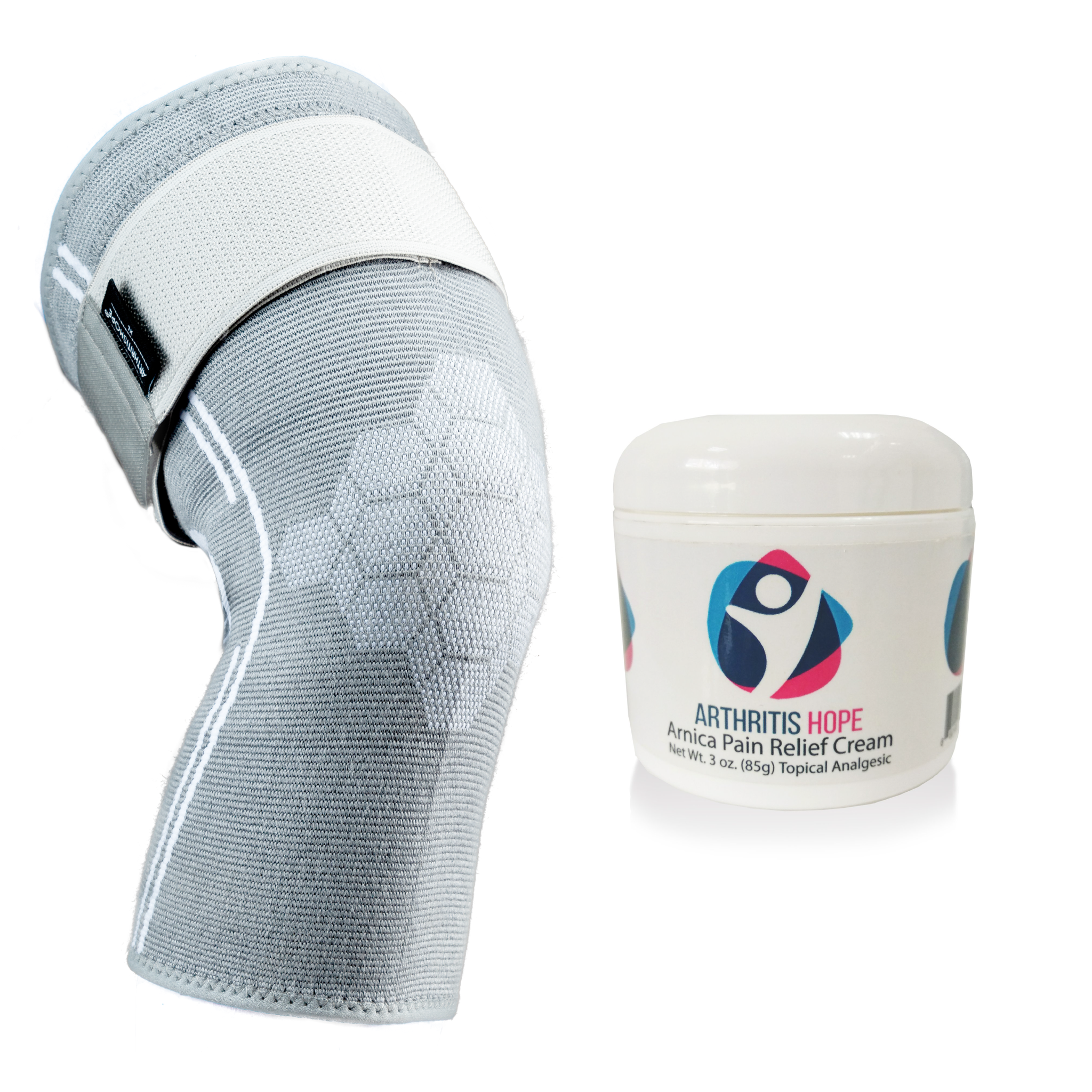
Hydrotherapy, often referred to as water therapy, involves the use of water for pain relief and treatment. For individuals with arthritis, hydrotherapy can provide significant psychological and emotional benefits. Imagine immersing yourself in a warm pool where the buoyancy of the water supports your body, reducing stress on your joints. This can be an incredibly relaxing experience, helping to alleviate the constant pain and stiffness that often accompany arthritis.
From a mental health perspective, the warmth of the water can have a calming effect, reducing anxiety and promoting a sense of well-being. The gentle resistance provided by the water can also help improve muscle strength and flexibility without the strain that land-based exercises might cause. This dual benefit of physical relief and mental relaxation can be a powerful tool in managing the daily challenges of living with arthritis.
Aquatic Therapy: A Comprehensive Approach
While hydrotherapy focuses primarily on the soothing properties of water, aquatic therapy takes it a step further by incorporating structured exercises in a pool setting. Guided by trained therapists, aquatic therapy sessions are designed to improve strength, flexibility, and overall mobility. For arthritis patients, this can mean a significant reduction in pain and an improvement in daily functioning.
Emotionally, the structured nature of aquatic therapy can provide a sense of accomplishment and progress. Each session offers measurable improvements, which can boost self-esteem and provide a sense of control over one's condition. The social aspect of attending therapy sessions with others who are experiencing similar challenges can also provide emotional support and reduce feelings of isolation.
Choosing Between Hydrotherapy and Aquatic Therapy
The choice between hydrotherapy and aquatic therapy often depends on individual needs and preferences. If you are looking for a more relaxed, meditative experience, hydrotherapy might be the better option. The warm water can help to relax both the body and mind, providing a peaceful escape from the pain and stress of arthritis.
On the other hand, if you are seeking a more active approach to managing your arthritis, aquatic therapy might be more beneficial. The structured exercises can help to build strength and improve mobility, providing a sense of progress and achievement. Both therapies offer unique benefits, and the best choice may depend on your personal goals and the severity of your symptoms.
Practical Tips for Getting Started
If you are considering hydrotherapy or aquatic therapy, it's important to consult with your healthcare provider to determine the best approach for your specific condition. They can provide guidance on the appropriate frequency and intensity of therapy sessions, as well as any precautions you should take.
It's also important to find a facility that offers specialized programs for arthritis patients. Look for trained therapists who have experience working with individuals with arthritis and can provide personalized guidance and support. Additionally, make sure that the facility has the necessary equipment and amenities to ensure a safe and comfortable experience.
Managing arthritis is not just about alleviating physical pain; it's also about nurturing your mental and emotional well-being. By embracing therapies like hydrotherapy and aquatic therapy, you can find a holistic approach to managing your arthritis and improving your overall quality of life.


Leave a comment